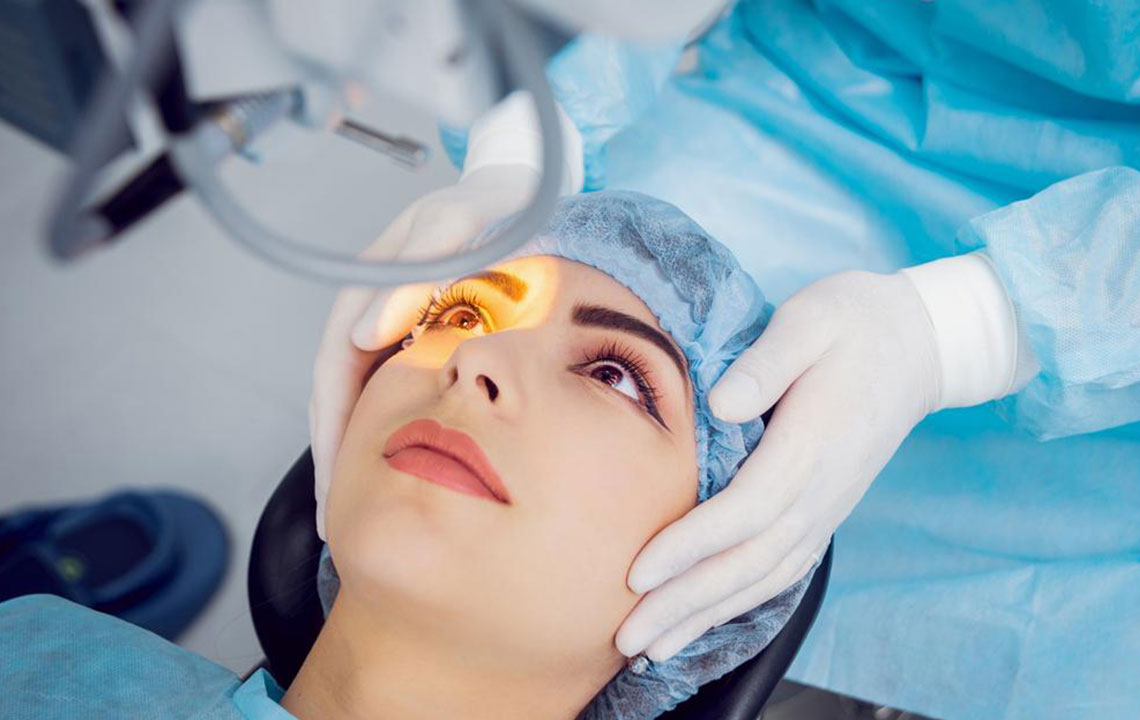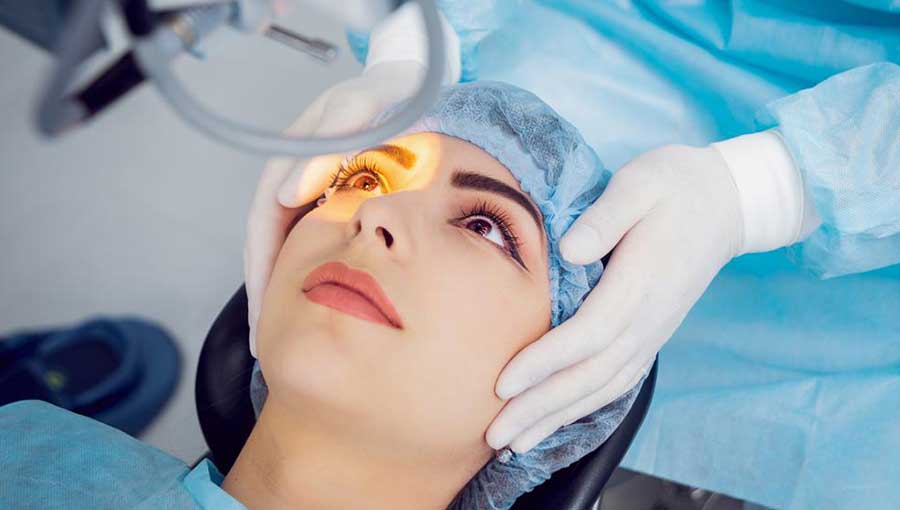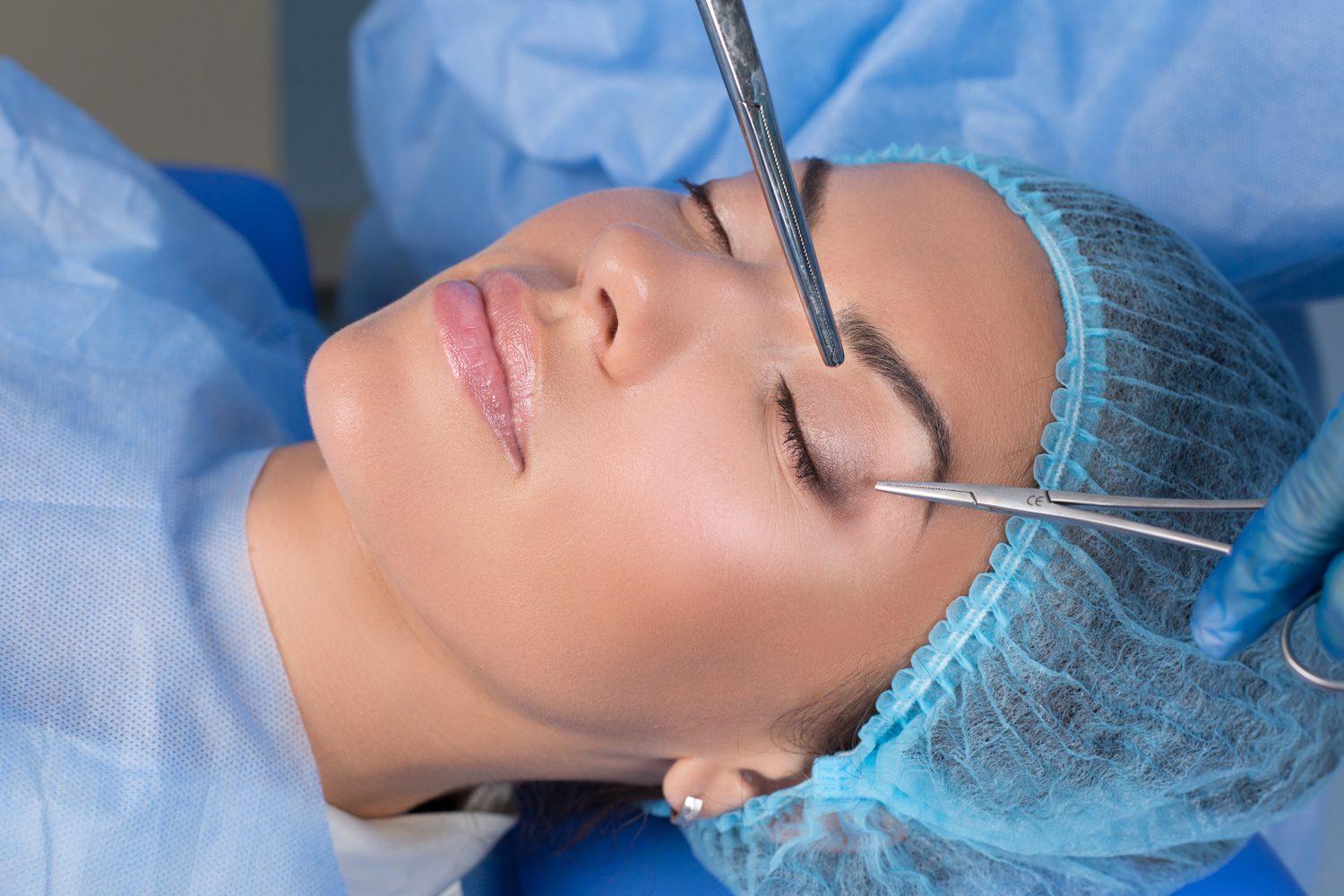Comprehensive Guide to Cataract Surgery Costs: What Patients Must Know
This comprehensive guide explores the various factors that influence the cost of cataract surgery, including insurance coverage options, different surgical packages, and post-operative expenses. Learn what to expect financially when considering cataract treatment, from basic procedures to premium options with advanced lenses. Understanding these costs helps patients make informed decisions about eye health care and plan their budgets effectively. The article also details the steps involved in the procedure, pre- and post-operative care, and how insurance coverage impacts overall expenses, ensuring patients are well-prepared for their cataract surgery journey.

Understanding the Expenses Associated with Cataract Treatment
Cataract surgery is a common and effective procedure aimed at restoring clear vision by replacing the cloudy natural lens with a precise artificial intraocular lens. This procedure is renowned for its speed, typically lasting around five minutes, and its minimal discomfort, which allows patients to experience swift visual recovery. As the demand for cataract treatment increases globally, understanding the factors influencing the overall costs has become essential for patients planning to undergo this sight-restoring surgery.
Every patient's visual needs are unique, requiring customized treatment plans tailored to their specific conditions. The surgical process begins with a detailed diagnosis, which includes comprehensive eye examinations and assessments to determine the severity of the cataract and any associated eye issues such as astigmatism. Patients then proceed through counseling sessions where surgeons discuss the procedure, expected outcomes, potential risks, and post-surgery care. Pre-surgical testing may involve biometric measurements to determine the appropriate intraocular lens (IOL) power, along with tests to evaluate the health of the cornea, retina, and overall eye structure.
One of the critical aspects of the procedure involves selecting the most suitable intraocular lens. Surgeons can offer standard monofocal lenses or advanced, premium options like multifocal or toric lenses designed to reduce dependence on glasses and correct astigmatism, respectively. The process also involves correcting pre-existing refractive errors and addressing astigmatism through additional procedures if necessary. These modifications can influence the total cost of surgery significantly.
The total cost of cataract surgery can vary widely based on numerous factors. Insurance coverage plays a crucial role in determining out-of-pocket expenses, especially when considering different package options. Basic coverage typically encompasses initial diagnostic assessments and postoperative follow-up care within approximately 90 days after surgery. However, additional expenses such as prescription glasses, medications, and supplementary procedures are often the patient's responsibility. The variation in costs between different options primarily hinges on the type of intraocular lens selected and the extent of preoperative and postoperative care.
Patients may opt for either Basic or Premium cataract surgery packages, with the choice affecting the overall price and treatment quality. Here is an in-depth look at these options:
Premium Cataract Surgery: Designed for individuals who prioritize superior visual outcomes and reduced dependence on corrective lenses, this package employs advanced intraocular lenses like multifocal or toric lenses. These lenses can correct astigmatism and offer a broader range of vision, allowing many patients to avoid glasses altogether or minimize their use. The cost of premium options generally starts around $500 and can go up to $5000 per eye, depending on the complexity of the case, lens type, and the surgical facility. Patients should verify with their insurance providers to understand the coverage details for these high-end treatments and associated expenses.
Basic Cataract Surgery: This more cost-effective option primarily focuses on restoring visual clarity. Standard monofocal intraocular lenses are typically used, which usually require the patient to continue using glasses post-surgery for certain tasks like reading or seeing at a distance. The cost for basic interventions is generally lower, often subsidized by insurance programs such as Medicare, with patients covering deductibles, co-pays, and optional upgrades if desired.
Preoperative eye examinations to evaluate the lens, retina, and overall eye health
Cardiac health evaluations such as EKGs when necessary, especially for patients with underlying health conditions
Surgical anesthesia, including local or topical anesthesia, and nursing support staff
Prescriptions for corrective eyewear post-surgery
Postoperative care within the first 90 days, including follow-up visits and potential minor procedures
For example, a common secondary procedure known as YAG laser capsulotomy, used to treat posterior capsule opacification, typically costs around $300. Patients are advised to consult their insurance providers to gain clarity on coverage details, including whether the procedure is included, any co-payments required, and the expected patient expenses.
To facilitate smooth and hassle-free coverage, it is important for patients to inquire about co-payments, deductibles, approval procedures for surgeons and surgical facilities, and coverage for necessary post-surgical glasses and medications. Fully understanding these aspects reduces the chances of unexpected expenses, ensuring that patients receive affordable and comprehensive eye care.




